Ansel Adams: A Master of Light and Shadow, Champion of the American West
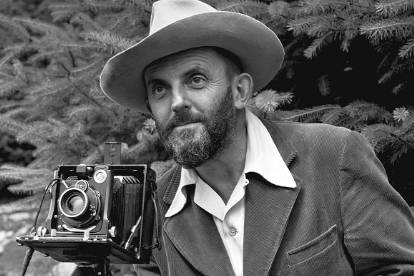
Ansel Easton Adams, a name synonymous with the breathtaking landscapes of the American West, was far more than just a photographer. He was a visionary artist, a passionate environmentalist, and a pioneer in the technical advancement of photography. Born on February 20, 1902, and passing away on April 22, 1984, his legacy continues to inspire photographers and nature enthusiasts alike.
By James Martin
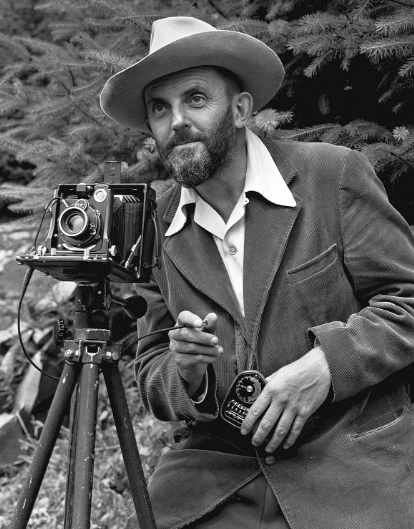
image credit: Wikimedia Commons
Ansel Easton Adams, a name synonymous with the breathtaking landscapes of the American West, was far more than just a photographer. He was a visionary artist, a passionate environmentalist, and a pioneer in the technical advancement of photography. Born on February 20, 1902, and passing away on April 22, 1984, his legacy continues to inspire photographers and nature enthusiasts alike.
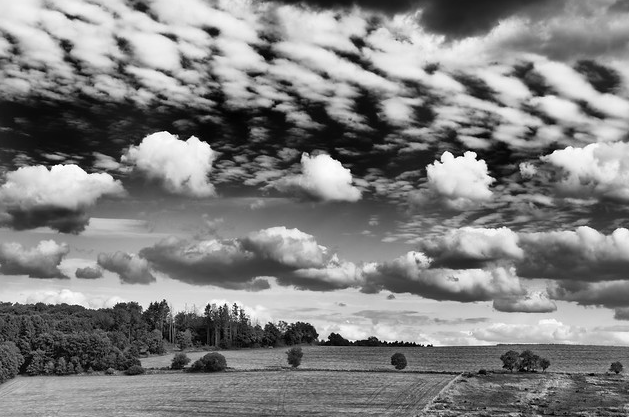
image credit: flickr.com
Adams's black-and-white photographs, renowned for their sharp detail and dramatic use of light and shadow, captured the grandeur of Yosemite Valley, the stark beauty of the Sierra Nevada, and the vastness of the American wilderness. His images, often monumental in scale and emotional impact, became iconic representations of the nation's natural heritage.
Beyond his artistic prowess, Adams was a staunch advocate for environmentalism. His deep connection to the landscapes he photographed fueled a desire to protect them for future generations. Through his photography, he brought the fragility and beauty of the natural world into sharp focus, inspiring a growing environmental consciousness.
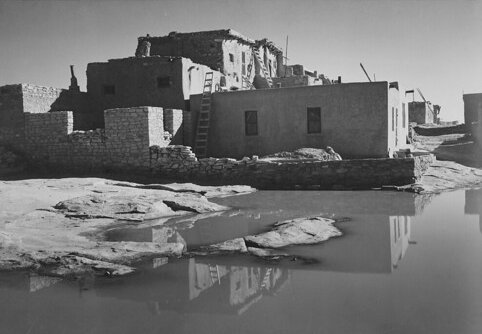
image credit: flickr.com
Central to Adams's artistic vision was his belief in "pure" photography. He was a founding member of Group f/64, a collective of photographers who championed a style emphasizing sharp focus and the full utilization of the photographic tonal range. This aesthetic, a departure from the softer, pictorialist style popular at the time, became a defining characteristic of Adams's work.

image credit: The Guardian
Furthermore, Adams played a key role in developing the Zone System, a revolutionary method for achieving precise control over the photographic process. Co-developed with Fred Archer, the Zone System provided a technical framework for understanding how exposure, negative development, and printing interact to create the final image. This system allowed photographers to achieve a desired tonal range and ensure that their vision was accurately translated into a print.
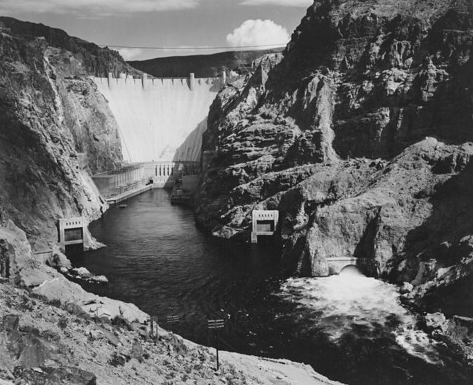
image credit: flickr.com
Ansel Adams's influence extends beyond the realm of photography. His work continues to inspire artists, photographers, and environmentalists worldwide. His commitment to technical excellence, artistic vision, and environmental responsibility serves as a powerful reminder of the transformative power of photography. His legacy, etched in the enduring beauty of his images and the profound impact of his environmental advocacy, ensures that his name will forever be associated with the grandeur and fragility of the American West.